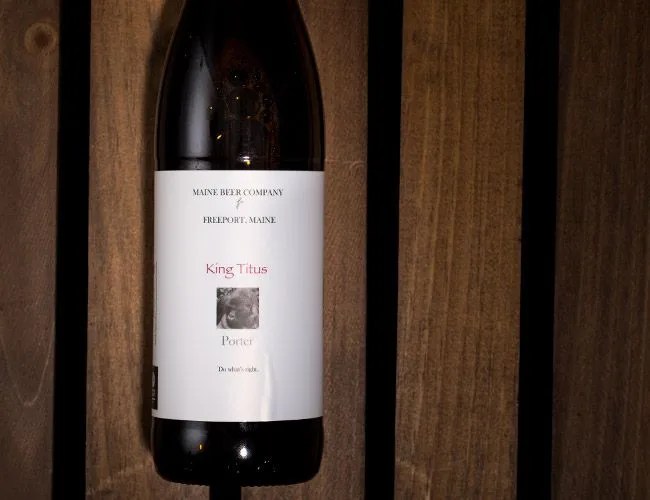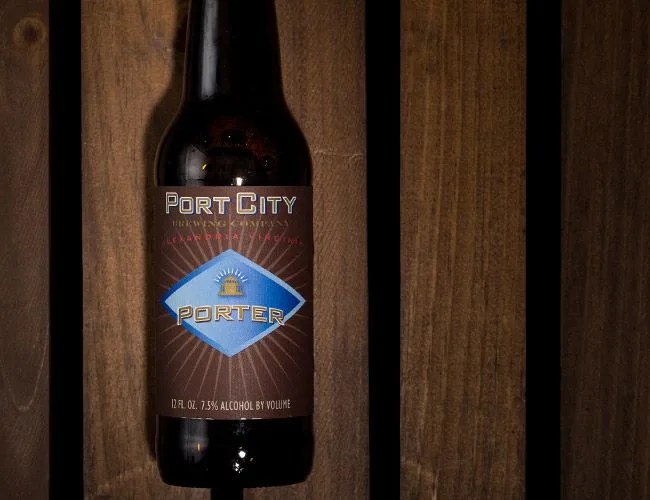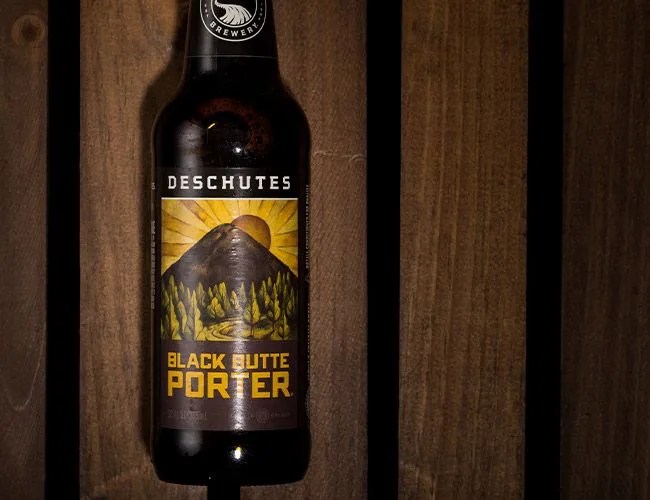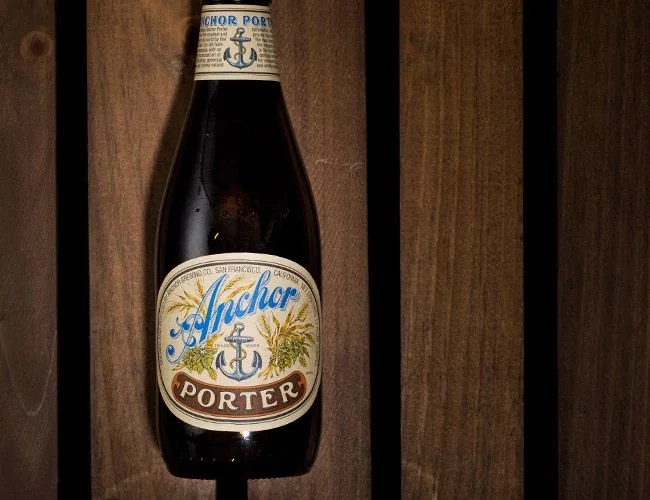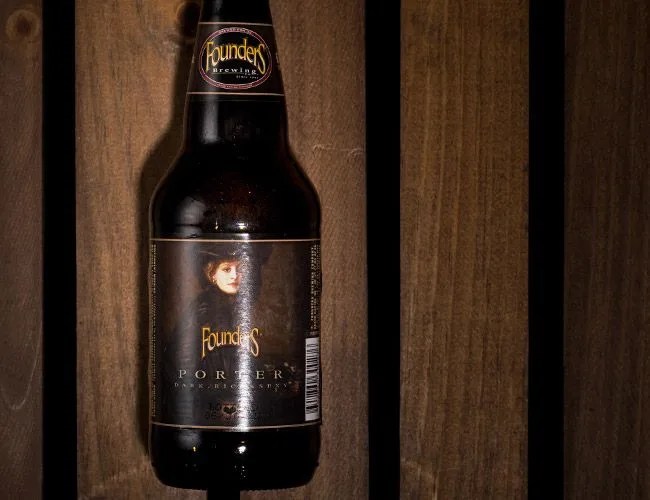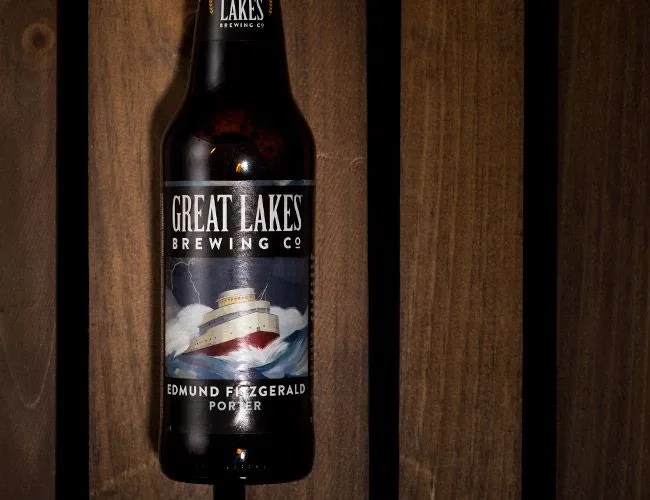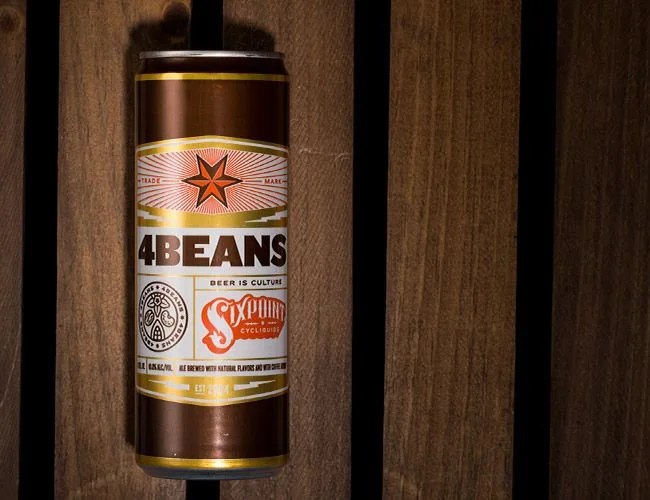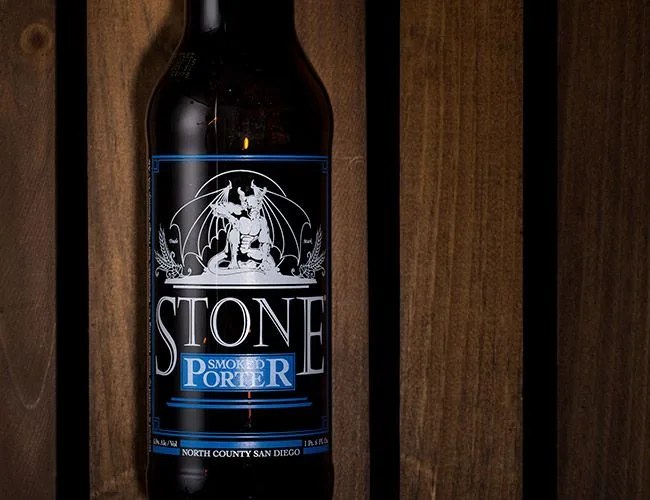While there are generally accepted guidelines for every beer style, brewers have free rein to interpret their own particular creations. After all, while brewing is based in science, it’s made by artists. “I think of chocolate, some roast and smoky — but not too much,” said Brian Faivre, brewmaster for Deschutes Brewery, where Black Butte Porter is brewed, about his take on the ambiguous style. “Low-to-medium bitterness. Some notes of coffee, burnt — however, not too overpowering. Approachable. Not too alcoholic or sweet. Medium bodied, versus full.” This medium-bodied character has historically made porters associated with the working man, an easy-drinking dark ale for after long days at the job site.
It’s easy to confuse porters with stouts, a closely related, slightly darker ale. “For me, the difference is the use of roasted barley and general mouthfeel. Most stouts have historically contained roasted barley where most porters will not,” said Bill Beymer, brewing manager at Odell Brewing Company, where Cutthroat Porter is brewed. “Stouts will also have more full-bodied character where porters will have a thinner mouthfeel. In addition, stouts often have a higher degree of malt bitterness contributed by the roasted barley, while porters will often have lower malt bitterness character.” In general, stouts hit all the same notes as a porter — coffee, roast, burnt bitterness — but with the volume turned up.
As winter approaches, light-colored beers begin to lose out to darker, heavier ales that pair better with thick parkas, gloves and a beer blanket. If you are a pale ale and lager fan who has just dipped a toe into darker beers in anticipation of chillier months, these are eight great porter starting points from coast to coast.
East Coast
Maine and Virginia

